Bad Master Cylinder Symptoms – How to Replace It
A very important component in the braking system of the car is a brake master cylinder.
The task of the brake master cylinder is to convert the mechanical pressure that is applied on the brake pedals to convert it into the hydraulic pressure that is needed by the callipers to squeeze the brake pads and apply the pressure on the tires of the car and thus, stop it or slow it down.
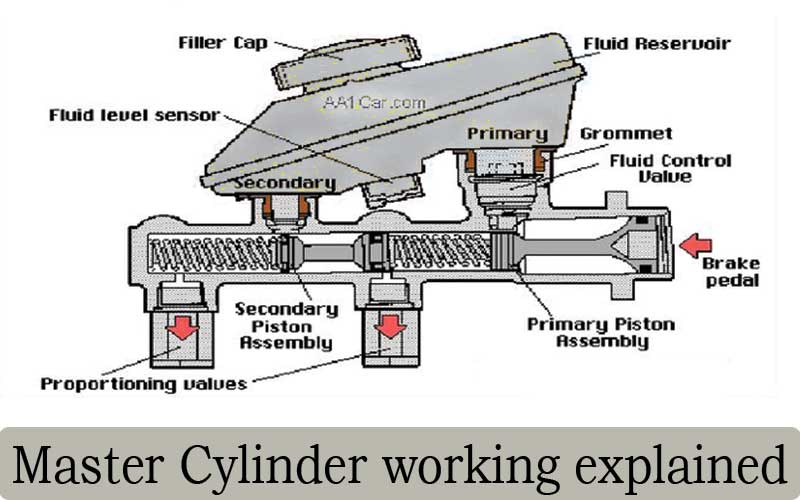
Why is a brake master cylinder important?
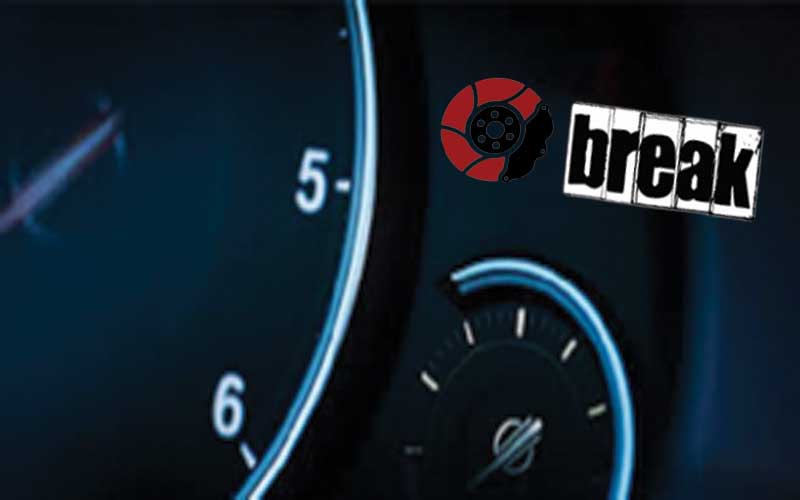
Without the brake master cylinder or with it failing and not being able to do its job properly, the required pressure won’t be applied on the brake pads, and the brake system of the car will fail to stop it and not work properly.
Over time the brake master cylinder starts to fail, and therefore, it is important to replace it when the time comes.
Symptoms of a failing brake master cylinder
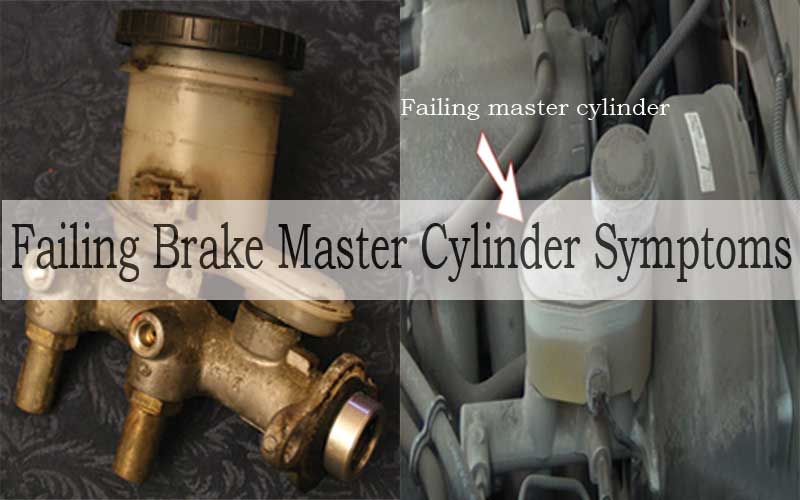
Once you sense that your car’s braking system is not working properly, it is important to diagnose which of the system’s components is failing and needs to be replaced.
So we have collected for you, in total five symptoms of a failing or a bad brake master cylinder so that once its lifespan is over, you know when to replace it.
The five symptoms of a failing brake master cylinder are as follows:
The brake warning light is turned on:
As soon as you press the brakes, the hydraulic pressure that you apply on the brake pedal is transmitted to the master cylinder.
The master cylinder then using this pressure presses the pistons. The pistons then direct the brake fluid to flow through the lines and the components of the brake in each of the wheels of the car and thus slow it down or bring it to a halt.
The whole time, while the brake fluid is flowing, the brake lines and brake components, a sensor that is situated under the brake reservoir measures the amount of the brake fluid that is present in the brakes, and it keeps updating the computer system in the car.
If the amount of the brake fluid is not enough, the sensor sends a signal to the computer system, and the system then turns on the brake warning light on the dashboard of your car.
So if you see that the brake warning light is blinking or is turned on, it could be that any component of the brake system might be failing and that component could also be the master cylinder. So make sure that it’s the master cylinder you can observe the brake system of the car for the remaining four symptoms that we have mentioned below.
The brake pedal is working in an abnormal manner:
As we now know, a master cylinder applies the necessary pressure on the brake pads and then gets them to stop the car but if the master cylinder is not working properly, that is that it’s not applying the required amount of pressure on the pistons, you can actually feel that in the brake pedals as well.
Under normal circumstances, when you press the brake pedals, you can feel tight and firm, but if there is something wrong with the master cylinder, you might notice that the brake pedal feels spongy or slowly sinks to the floor of the car when you press it.
A sinking brake pedal whenever you press the brake pedal:
If the master cylinder is not working properly then in addition to the brake pedals feeling spongy, you might also feel that once you press the brake, the pedal stays close to the floor instead of coming all the way back to its initial position. It might also feel spongy instead of being firm like it normally is.
The extent to which the brake pedal stays close to the floor of the car represents the damage that has been done to the master cylinder. It is highly dangerous to be driving your car in such a scenario, and therefore, it is recommended to get it checked instantly.
Low brake fluid level:
The brake fluid that you fill the brake system’s reservoir is contained mostly in the master cylinder and the brake lines.
As we know, the master cylinder is located at the bottom of this brake reservoir. It may be that the master cylinder has had a leakage and due to which the brake fluid is leaking out and its levels have dropped.
If the level of the brake fluid is low, it is not able to exert the required hydraulic pressure on the brake pads, and due to this, they don’t squeeze properly which cause the brakes not to work properly. Therefore, check the bottom of your car’s brake reservoir and check for any leakage.
Read Also: Driving with a Misfiring Cylinder
Contaminants in the brake fluid:
The master cylinder has a couple of rubber seals. These seals are there to makes sure that no debris enters the brake fluid that is present in the master cylinder. Over time it is likely that the rubber seals have gotten damaged.
If any of the seals are damaged, it means that dirt, debris, water or any of the other sort of contaminants may have started to enter the brake fluid.
This way the brake fluid becomes contaminated, and the hydraulic pressure that is applied on the brake pads is compromised. In such a scenario, you will find that the brake pedals are not just spongy but also don’t halt the car as fast as they normally do and the pressure that is exerted on the brake pads is comparatively less.
How much would it cost to replace a failing Master Cylinder?
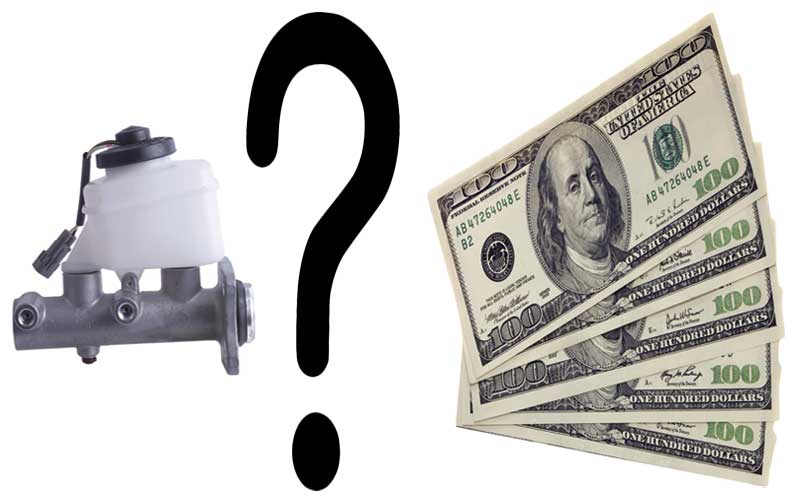
Replacing a failing master cylinder with a new one can cost varying amounts depending upon your car, its model and the brake system that is used in it.
On average, it costs around $ 250 to $ 550. Replacing the master cylinder is slightly complicated, and it is advised that you get a professional to do it so that you don’t damage any of the other components of the car while you are at it.
However, if you have done this before or have some good knowledge of brake systems and vehicles, then doing the replacement on your own will save you a lot of money.
Read Also: Best Oil Filter Wrench Review
How to replace a bad master cylinder is only ten simple steps
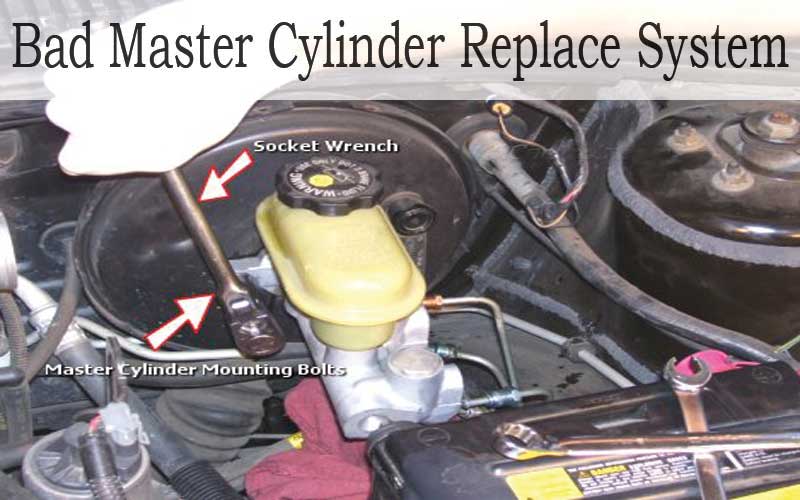
The replacement process of a master cylinder is slightly complicated, and it is advised in most cases that you get a mechanic to do it for you, but at the same time, the process also costs around $ 250 to $ 550, and if you have good knowledge on the subject then you can do it yourself and save yourself a fortune.
If you have decided to replace the master cylinder on your own, here is how you can do it in only ten simple and easy steps:
Step 1: Make sure that the master cylinder is accessible. In some cars, it’s easy to locate and accessible, but in some cases, you might have to remove a few components to get there.
Step 2: Now using a wrench, remove the two nuts that are securing the master cylinder to the booster or the firewall.
Step 3: After you are done removing the nuts from the master cylinder, using a line wrench, remove the brake lines.
Step 4: Disconnect all the electrical connections, the sensors and all the other fittings from the old master cylinder and transfer them to the new one.
Step 5: Transfer the fluid reservoir to the new component by loosening the clamps removing the reservoir.
Step 6: After you are done removing the reservoir, you can get down to the next step, which is to install the new master cylinder’s bleeder kit.
Step 7: Bleed the new master cylinder after this and make sure that you are able to get all of the air out of it. Otherwise, it will cause problems. For this, you might need two people, so it is good to ask someone for a little help.
Step 8: Put the new master cylinder in its right position and then put the lines back in place and using a wrench tighten all the nuts and the lines. It is important to install the brake lines prior to the installation of the nuts, this way; you will be able to move things around freely for a tight and perfect fitting.
Step 9: Double-check all of the nuts and the lines and make sure that they are tight.
Step 10: Apply the brakes. If they still feel spongy, you will need to bleed the brakes once again.
Final Thoughts
A master cylinder is an extremely important component of your car’s brake system and therefore, it is important to get it checked and replaced as soon as possible if you sense any problem with it, otherwise you will be putting your life at risk.
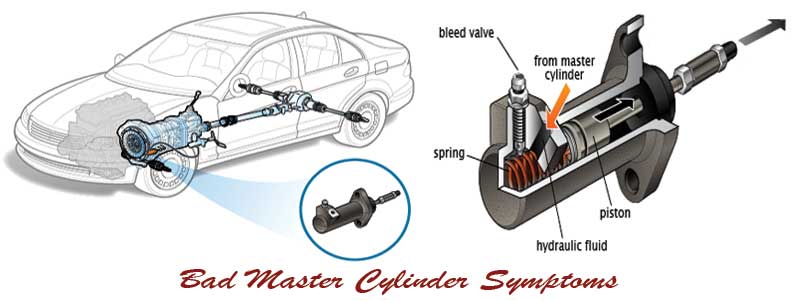

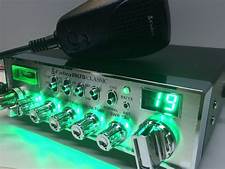



Post Comment